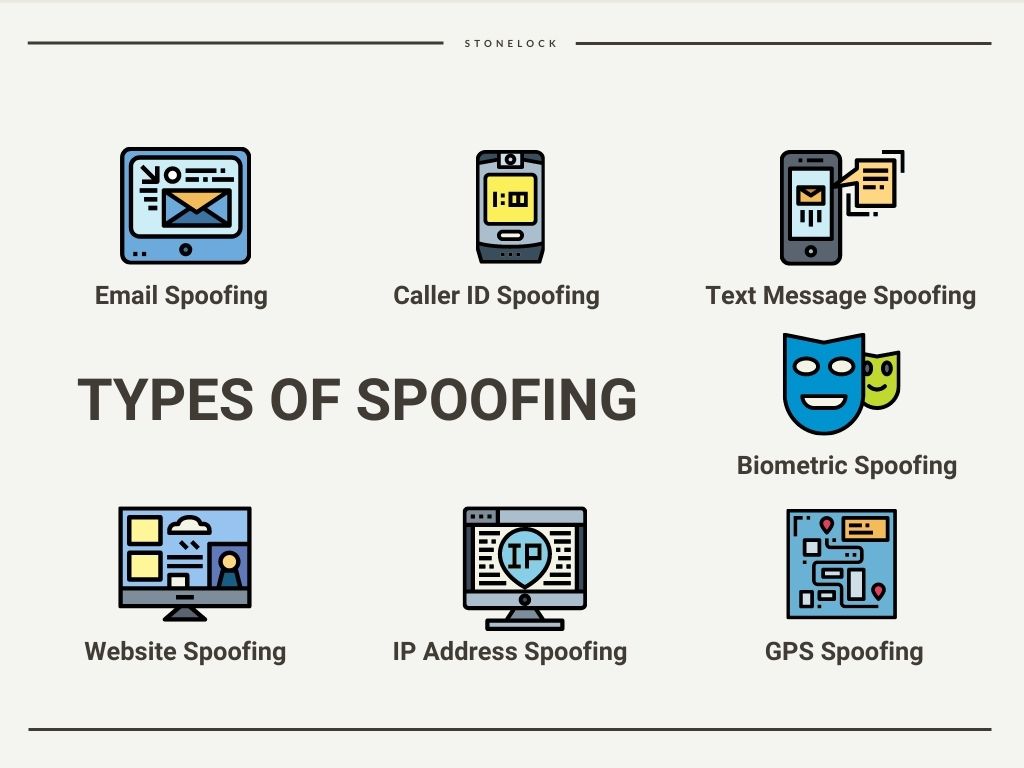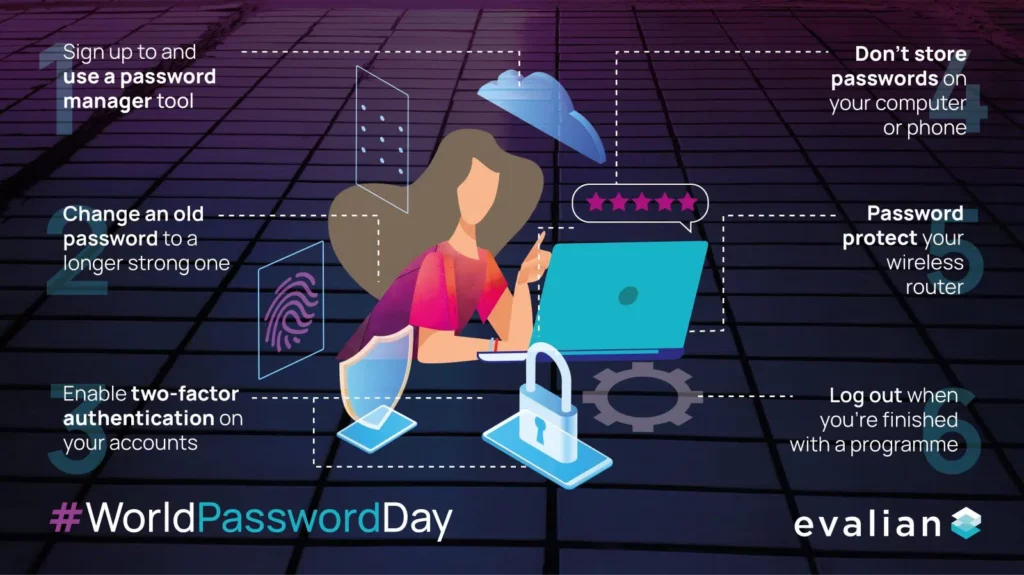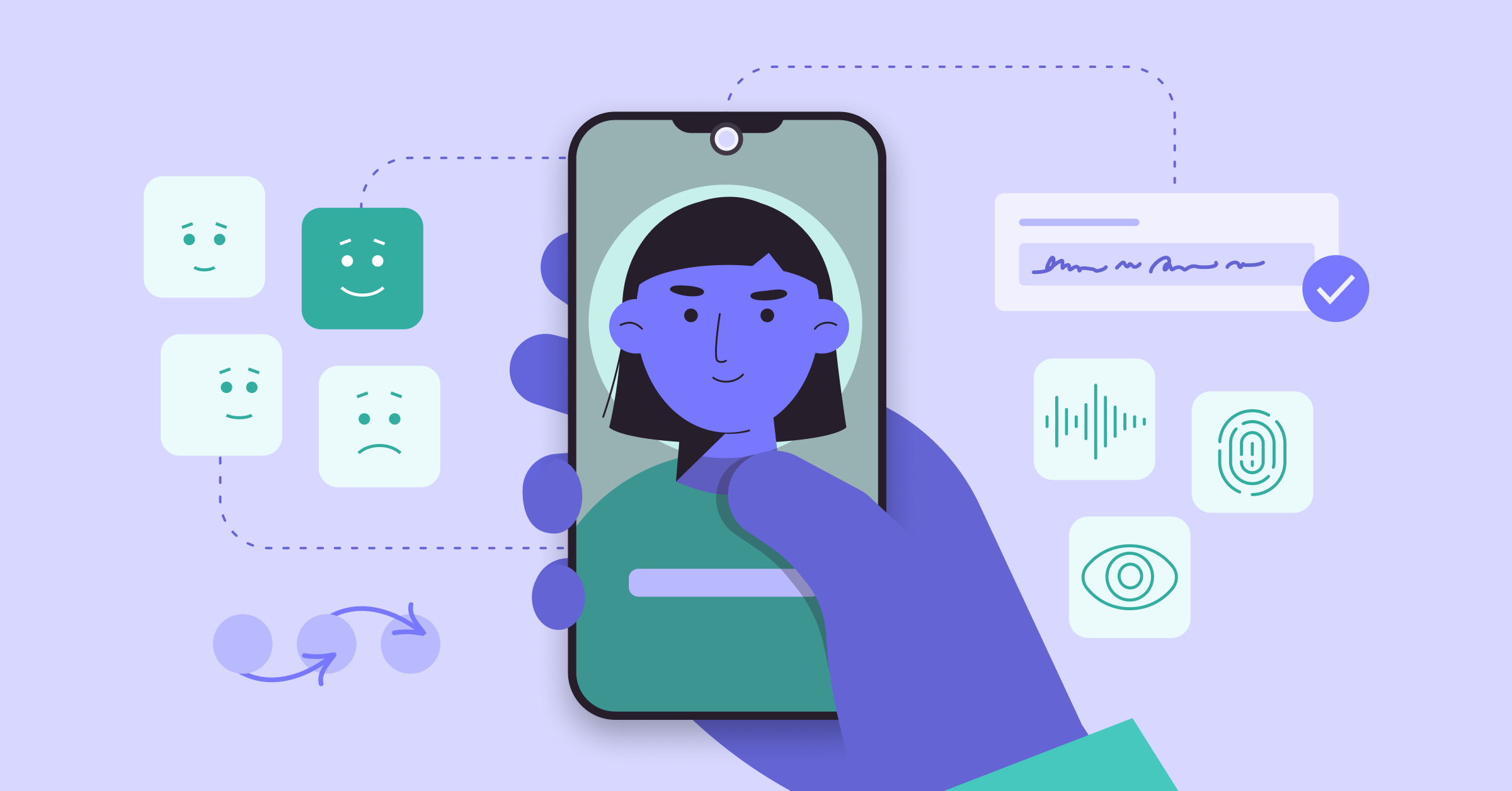In a world where personal identification and security have become paramount, the significance of accurate biometrics has reached unprecedented heights. The digital age has ushered in a new era where traditional methods of authentication, like passwords and PINs, are no longer sufficient to protect our information and ensure our safety.
Biometrics, which harness the uniqueness of our biological traits or behaviors, have taken center stage. From unlocking our smartphones to securing sensitive data, accurate biometrics are the linchpin in our ever-connected, fast-paced society.
This article will delve into the world of biometrics, exploring its various facets, applications, challenges, and its ever-evolving role in shaping the way we verify identity and maintain security in the modern world.
Table of Contents
What Are Biometrics?
Biometrics refers to using unique physical characteristics to identify and authenticate users. These are like nature’s own identification cards because they are distinct for each person. Several common types of biometrics include fingerprints, facial recognition, and iris scans.
Fingerprints are the patterns of ridges and valleys on the tips of our fingers. They’re widely used because they’re highly unique, and each person’s fingerprint is different.
Facial recognition, on the other hand, uses technology to analyze a person’s facial features. These include the distance between the eyes, nose shape, and jawline. It’s becoming more prevalent in our smartphones and security systems. Iris scans involve capturing the unique patterns in the colored part of the eye, the iris. This is also a very reliable way to identify someone.
When it comes to collecting and storing biometric data, it’s a fairly simple process. For fingerprints, a person’s finger is placed on a scanner, and the ridges and valleys are recorded.

Facial recognition is often done using a camera to take pictures of a person’s face, and the computer stores the unique facial features. Iris scans are taken with a special camera that captures the details in the iris.
Storing this data involves converting these unique features into a digital format, which is like turning a fingerprint into a digital image or code. This digital data is then securely saved in databases.
It’s important to note that organizations handling biometric data must follow strict security measures to protect people’s privacy and ensure this information doesn’t fall into the wrong hands.
Accuracy in Biometrics
The significance of accuracy in biometric systems cannot be overstated. It directly impacts security and user convenience in various real-world applications. Accurate biometrics provide reliable ways to verify a person’s identity. They offer several benefits in critical areas like airport security and mobile device authentication.
In airport security, accuracy is paramount. Fingerprint or facial recognition help ensure that the right passengers are boarding flights. This enhances security by preventing unauthorized access.
It also streamlines the passenger experience, reducing long lines and wait times. Accurate biometrics enable swift and hassle-free identity verification. This is crucial in a busy and time-sensitive environment like an airport.

Mobile device authentication is another domain where accuracy plays a pivotal role. When you unlock your smartphone using your fingerprint or face, you rely on the precision of the biometric system. If it’s accurate, it safeguards your device from unauthorized access, protecting your personal data.
Accurate mobile device authentication simplifies our daily lives. You don’t need to remember complex passwords, which enhances user convenience.
In both cases, the accuracy of biometric systems is integral to ensuring that only authorized individuals gain access. High accuracy minimizes the risk of false positives (misidentifying someone). And also of false negatives (failing to identify someone), which is essential for security and user trust.
Biometrics And AI
The latest technological advancements in biometrics have been significantly influenced by the integration of machine learning and artificial intelligence (AI), leading to notable improvements in accuracy. These innovations have made biometric systems more robust and reliable in various applications.
Machine learning and AI have enabled biometric systems to adapt and learn from the data they collect. This adaptability allows these systems to continuously improve accuracy over time. Here’s how these technologies are making a difference:
Enhanced Recognition
Machine learning algorithms can analyze vast datasets of biometric information, such as facial features or fingerprints. Through this analysis, they can recognize patterns and distinctive characteristics with greater precision. This leads to improved accuracy in identifying individuals.
Anti-Spoofing Measures
AI-driven biometric systems can detect attempts to deceive them, such as using a photograph instead of a real face for facial recognition. They can analyze subtle features, like depth and motion, to determine if the biometric input is from a live person.
Adaptive Systems
Machine learning models can adapt to changes in biometric data over time. For example, if a person’s appearance changes due to aging, the system can still recognize them accurately.
Reducing False Positives
AI helps refine algorithms to reduce the chances of false positives, which is essential for maintaining security while also improving user experiences.
Rapid Processing
AI-driven biometric systems can process data quickly, allowing for almost instant identification, making them suitable for time-sensitive applications like border control or financial transactions.
These advancements are shaping a future where biometrics are not only more accurate but also more user-friendly. From facial recognition on smartphones to secure access in various industries, the integration of AI has ushered in a new era of biometric technology. They have made it more reliable and versatile than ever before.
Applications: Healthcare
Biometrics holds significant importance in the healthcare industry. It offers a range of valuable applications that improve patient care, enhance security, and streamline administrative processes.
Firstly, it ensures the accurate and secure access of patient records. By using fingerprint or palm vein scans, healthcare providers can link patients to their medical information. This reduces the risk of medical errors and safeguards sensitive data. This accuracy is crucial for effective treatment.
Biometrics help manage patient identification, which is particularly vital in large healthcare facilities. Whether it’s during patient check-ins or medication administration, biometric systems verify identities. This reduces the chances of mistaken patient identification and enhances overall safety.
It also plays a role in controlling access to restricted areas, such as laboratories, medical storage, and data centers. By using access control, healthcare institutions ensure only authorized personnel can enter these spaces. Thus, they can maintain the confidentiality and security of medical assets and information.
Biometrics contribute to patient authentication in telehealth services. Through facial recognition or voice, they can verify patients remotely. This enables the expansion of virtual care.
Applications: Law Enforcement
Biometrics plays a crucial role in law enforcement, offering significant advantages. These systems are used in the identification, verification, and overall effectiveness of police work. Its applications are both diverse and impactful.
One of the most prominent uses of biometrics in law enforcement is in the identification of individuals. Fingerprint recognition allows law enforcement to quickly identify suspects or victims. This aids in investigations and solving crimes. DNA profiling is another vital tool, helping establish connections between individuals and evidence at crime scenes.
Facial recognition technology is increasingly important for surveillance and locating individuals in real-time. It is used to identify suspects in crowded places or track missing people. This enhances public safety and assists law enforcement agencies.

Biometrics also enhances the security of police facilities and access control, ensuring that only authorized personnel can enter sensitive areas like evidence rooms or headquarters. This prevents unauthorized access to crucial information and resources.
They can improve the efficiency of police work, reducing administrative burdens related to paperwork and data management. It helps streamline processes such as booking and inmate management.
Applications: Finance
Biometrics is very important in the financial services industry. It offers enhanced security, convenience, and fraud prevention in various applications.
One of the key applications is user authentication. Biometrics, such as fingerprints or facial recognition, are used to verify the identity of customers accessing their bank accounts or making transactions.
This ensures that only authorized individuals have access to their financial information, reducing the risk of unauthorized account access.
Biometrics also enhance the security of financial transactions. In mobile banking and payment apps, users can confirm payments using their biometric data, adding an extra layer of protection against fraudulent activities.
This not only makes transactions more secure but also simplifies the user experience by eliminating the need to remember complex passwords.
Furthermore, biometrics are crucial in preventing identity theft and fraud. By linking a person’s unique physical traits to their financial accounts, it becomes much more challenging for malicious actors to commit fraudulent activities.
The significance of biometrics in financial services lies in its ability to provide a secure and user-friendly environment for customers.
From accessing accounts to making transactions, biometrics simplify the process while ensuring the safety of financial assets, making them an integral part of the modern financial landscape.
The Challenges
Biometric accuracy is a critical aspect of biometric systems, but it’s not without its challenges and issues. Two common concerns are false positives and false negatives.
False positives occur when a biometric system incorrectly identifies an unauthorized person as an authorized one. This can lead to security breaches and privacy violations.
For example, a fingerprint scanner that mistakenly recognizes an unauthorized user as the legitimate account holder could grant access to sensitive information.
False positives are a serious concern. This is especially true in high-security applications like border control or financial services.
False negatives occur when the system fails to recognize an authorized person, denying them access. This can lead to user frustration and inconvenience.
For instance, a facial recognition system may not authenticate a legitimate user due to changes in their appearance, such as wearing glasses or growing a beard.
Addressing these challenges involves striking a balance between security and convenience. Improving biometric accuracy necessitates continuous research and development to minimize false positives and false negatives.
Keeping biometric systems up to date and ensuring they can adapt to changes in individual characteristics, such as aging, can help mitigate these issues. It’s essential for organizations using biometrics to implement robust data protection measures to maintain security and privacy while improving accuracy.
The Evolving Role of Biometrics
Biometrics has emerged as a game-changer in various sectors, from enhancing security in law enforcement and financial services to streamlining healthcare processes. Its significance lies in its ability to provide precise identification, safeguard sensitive information, and improve user experiences.
However, challenges like false positives and false negatives demand ongoing attention to strike the right balance between security and convenience.
As technology continues to advance, biometrics will play an even more substantial role in our lives, offering a future where personal identification is more accurate, reliable, and user-friendly. The journey of biometrics is one of evolution, with the promise of safer, more efficient, and more accessible systems ahead.
What are your thoughts on the evolving role of accurate biometrics? Talk to us in the comments below!
Have a vision for your business? Let us help you get started! At EvolveDash, we’re passionate about helping businesses grow and evolve in the digital world. Our team is here to help every step of the way, from developing custom mobile apps to creating personalized websites.
With a proven track record of helping over 100 satisfied customers and 450 completed projects, we’re confident we can help you achieve your goals too. Let’s turn your business vision into success!
FAQs
- How does biometric data remain secure from hackers?
Organizations use encryption and secure storage methods to protect biometric data from unauthorized access.
- Can biometric authentication be fooled by deepfake technology?
Advanced systems use liveness detection to prevent deepfake and spoofing attempts.
- What happens if my biometric data gets stolen?
Unlike passwords, biometrics cannot be changed, but multi-factor authentication and anti-spoofing techniques help minimize risks.
- Are biometric systems biased against certain demographics?
Some biometric systems have faced accuracy issues with different skin tones and facial structures, but AI improvements are reducing these biases.
- Can biometric data be used without a person’s consent?
Many countries have data protection laws requiring explicit consent before collecting or using biometric information.



















